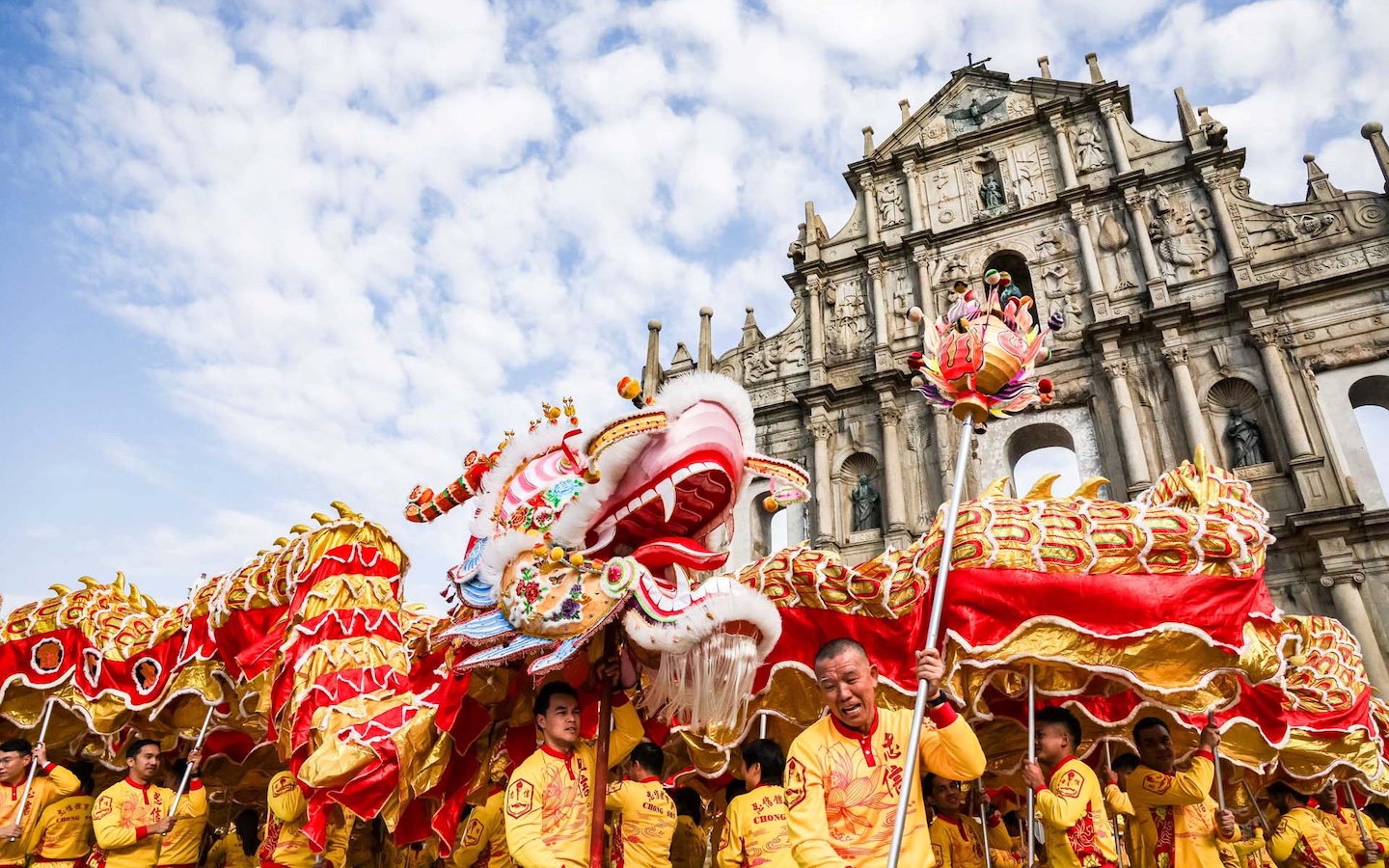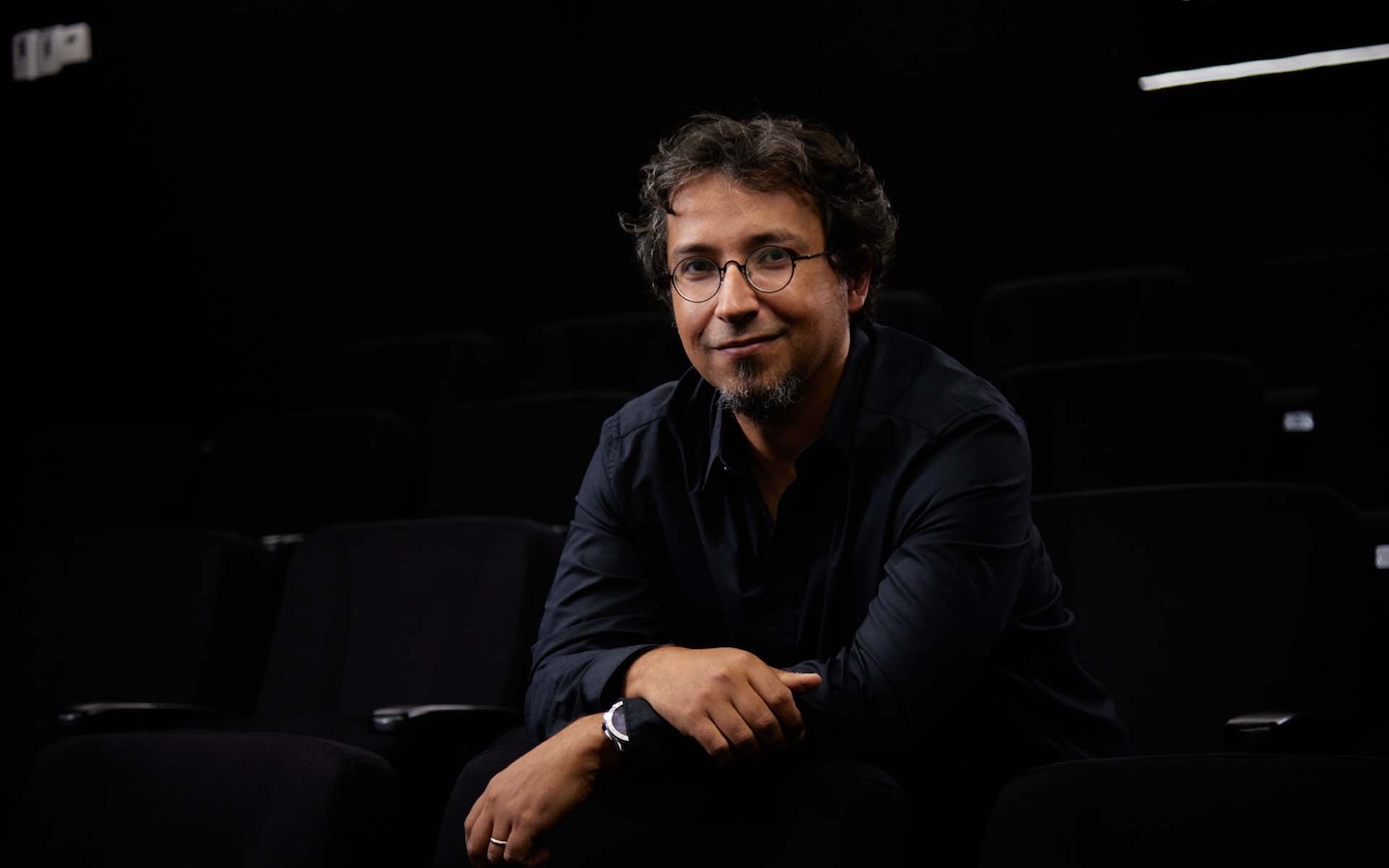Archaeologists have unearthed pottery in Shiwan dating back over 5,000 years, as well as pieces produced under the Tang (618–626 AD) and Song (960–1279 AD) dynasties, most for daily household use.
For centuries, one of China’s most coveted ceramics hailed from Shiwan, a district in Foshan, Guangdong province. The ware – developed in the region during the 16th century, when skilled Ming dynasty craftsmen from central China brought their expertise to Shiwan, weaving it with local artisan culture – came to be recognised as its own style, fashioned in heavily glazed colours and initially designed mainly for practical purposes.
The mass emigration – known as Chinese diaspora – of the 19th century saw a number of Guangdong people leave the country, spreading Shiwan ware outside of China to Japan and East Asia. But the style remained a mainstay of Chinese ceramics design, its vivid hues of reds, whites, and blues an unmistakable sign of its region of provenance.
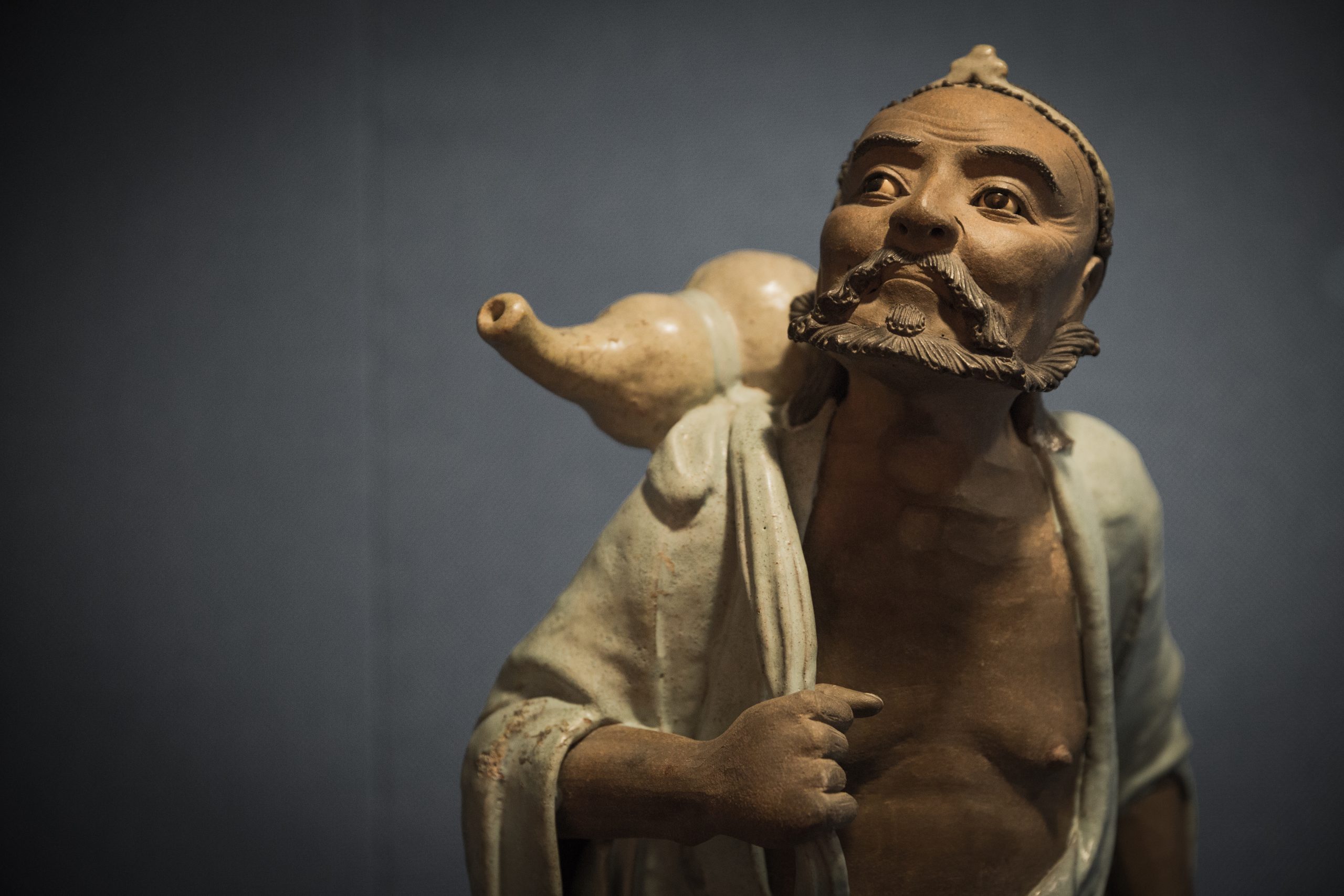
An extensive collection of Shiwan ceramics was exhibited at the Macao Museum of Art (MAM). With more than 500 pieces, it represented the highest quality collection in China. The “Exhibition of Shiwan Ceramics from the MAM Collection” presented 46 of these pieces – 34 by masters of the ware and 12 examples of traditional Shiwan ridge decorations, which characterised much of the architectural style of southern China from the 17th century. The exhibition ran from May to early August.
The Portuguese collector
The MAM collection came into being through the efforts of Manuel da Silva Mendes (1867–1931), a Portuguese lawyer and intellectual who moved to Macao in 1901. A well‑respected sinologist, Silva Mendes took a strong interest in the ware, and began visiting Shiwan to write, research, and study its styles and expressions. In the span of a few years, he systematically gathered Shiwan ceramics from the Ming, Qing and contemporary periods, building what would become the world’s first major collection of Shiwan works.
Silva Mendes’ contribution to the preservation of Shiwan’s legacy wasn’t limited to merely acquiring the china, however. He was also keen to explore the intersection of Chinese folk traditions and Western art forms, something which he pursued through close collaboration with one of the ceramics’ most renowned masters: Pan Yushu.
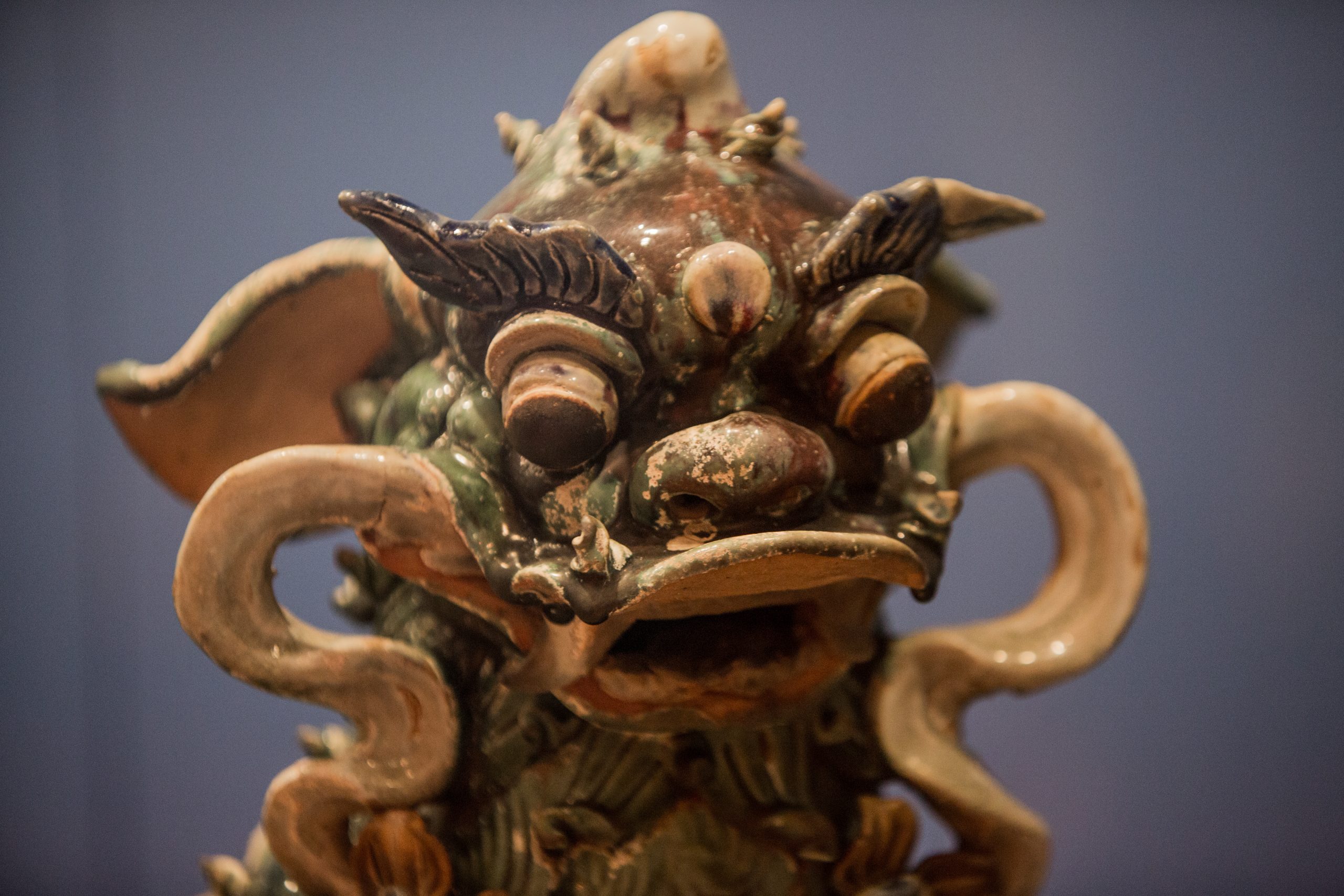
He invited Pan to Macao, introducing him to classical Western sculptures and asking him to create a series of miniatures of traditional Chinese motifs inspired by the art forms of the Occident. Pan then took the miniatures to a ceramics company in Guangzhou where Pan Yushu and his ceramic master partner Chen Weiyan used them as models for large‑scale works.
“After Mendes died, many people worried about what would happen to his collection. Some believed the government should buy it, but it did not have enough money,” said Lou Tai Seng, curator of Chinese Ceramics at MAM. “The collection eventually ended up at the Luis de Camões Museum of the former Municipal Council and was opened to the public in 1961.”
In 1999, over 300 pieces comprising Mendes’ original collection were transferred to MAM; Lou joined the museum the same year. “Since then, we have received donations from people in Hong Kong and Macao. We also bought a few items ourselves,” Lou explained. “Now we have 545 pieces – no museum in China has a collection as good as ours.”
Millennia in the making
According to Lou, historically, a place needed to meet three conditions to become a porcelain centre: access to hills for clay, to be used as raw material; a supply of timber for the manufacturing of kilns; and proximity to a river, necessary to transport the finished
product. Shiwan satisfied all three. “The goods could be taken to Guangzhou [by river] and from there to markets in China and Southeast Asia,” Lou noted. “Porcelain is very heavy, so transportation by water was the most efficient method.”
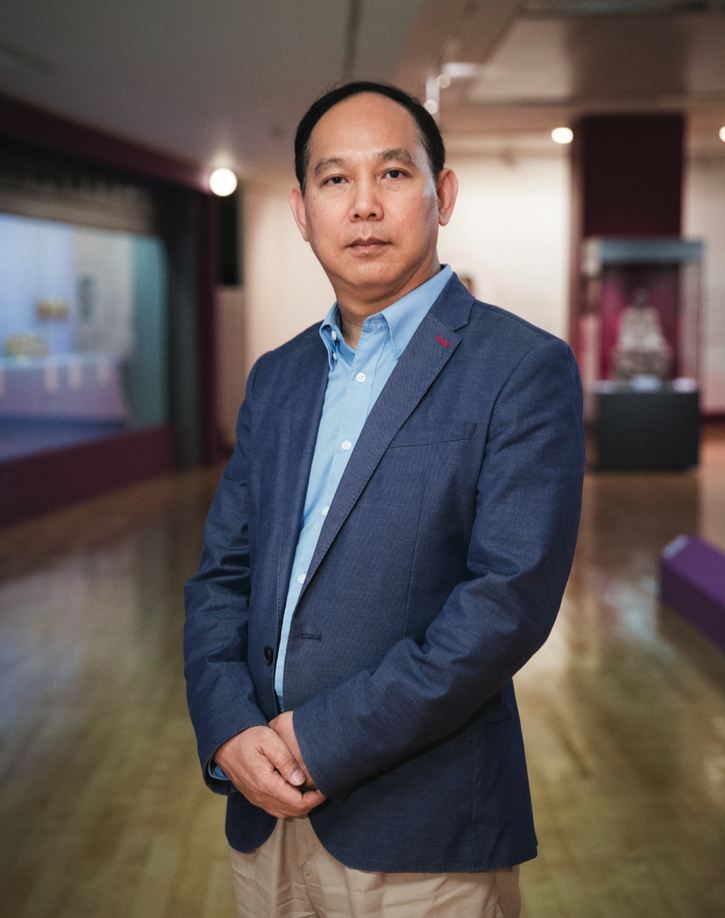
Archaeologists have unearthed pottery in Shiwan dating back over 5,000 years, as well as pieces produced under the Tang (618–626 AD) and Song (960–1279 AD) dynasties, most for daily household use. “The ceramic was exported over the Maritime Silk Road to Southeast Asia and Arabian countries,” Lou said. “It was Arab traders who came to purchase it.”
These pieces were mainly sold to ordinary people. Shiwan ware as we know it developed later: “During the Ming dynasties [1368–1644], potters from the north, especially Henan, fled to the south to escape foreign invaders. They settled in Shiwan and brought a higher level of skill and craftsmanship to the area. A system of masters and apprentices developed, alongside small manufacturing factories.”
Artisan associations began forming in the late Ming era, each specialising in a particular product in order to avoid unhealthy competition and encourage development. “Once you joined an association, you could not switch to another,” Lou noted. “Production was closely linked to demand by local people and what type of pieces they needed.”
By the Qing dynasty (1644–1911), the number of associations had grown dramatically, from 8 to 24. One of the most popular varieties of the ceramic was ridges – sculptures placed on the roofs of buildings that were the primary decoration in Lingnan (Cantonese) architecture. Their production in Shiwan prospered during this era, propelled by Guangdong province’s booming economy and growing population, as well as the turning of Guangzhou into a foreign commercial port after the First Opium War (1839–42).
Those years also witnessed an unprecedented expansion in scale of production, improvement of techniques, and variety of designs, which became increasingly influenced by Lingnan culture. Many temples in Guangdong, Hong Kong, Macao, and Southeast Asia today have Shiwan ridges made during this period.
The Grand Hall of the Kun Iam Temple in Macao features the earliest such example, made by the shop of Wu Qiyu in 1817.
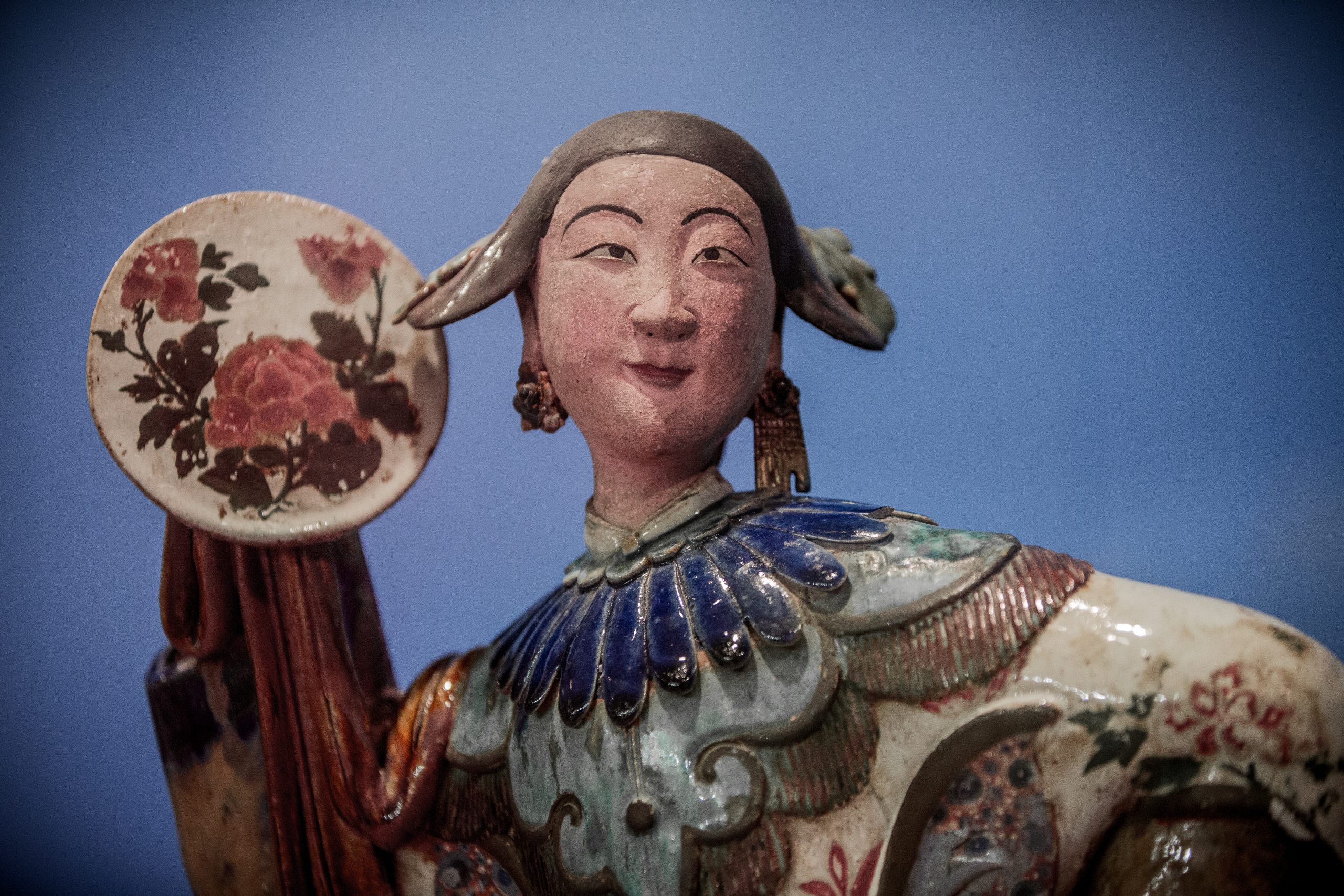
As the industry grew and developed, so did the decorative motifs employed by craftsmen. Where earlier pieces primarily featured flowers, fruit and auspicious designs from the Lingnan region, most of the motifs and figures used in the ridges originated from Cantonese opera, history, legends, and fables. Pearls glazed in red, double dragons, and dragon fish often appeared in the centre of decorative patterns. Lions, unicorns, and other auspicious animals accompanied them, as well well as sun and moon deities and other spirits.
In the 19th century, as Western‑style homes grew in popularity in Guangdong, Shiwan ridges began disappearing from the roofs and moved indoors instead, often adorning the rooms of wealthy private residences.
Descending from the heavens
By the time Silva Mendes commissioned Pan Yushu and Chen Wei Yan to create East‑meets‑West Shiwan wares in the early 20th century, the style of the pottery had greatly shifted. Craftsmen were no longer depicting dragons; instead ordinary people, national heroes, and historical figures were now the centre of their work. Exposure to Western sculpture also offered new motifs and technical skills to incorporate into their work.
Pan and Chen were two such craftsmen, as was sculptor Liu Chuan, a pivotal figure of
modern Shiwan ware. These artists combined folk tales with history, daily lives with legends. Chen excelled in portraying human and religious figures, a skill passed on to his apprentice, Pan, a talented figure sculptor known for his depictions of women. Imperial Concubine ina Bath appears in the exhibition,a perfect embodiment of the elegance, detail, and expressiveness characteristic of Pan’s work.
Now we have 545 pieces – no museum in China has a collection as good as ours.
Lou Tai Seng
These great artists rose to prominence just as the prosperity of the Ming era came to end. The Second Sino‐Japanese War (1937– 38), in particular, dealt a crippling blow to the ceramics industry. Some craftsmen were forced to take up new trades, others were not so lucky; Pan died of hunger during the war, roughly a decade after losing Chen.
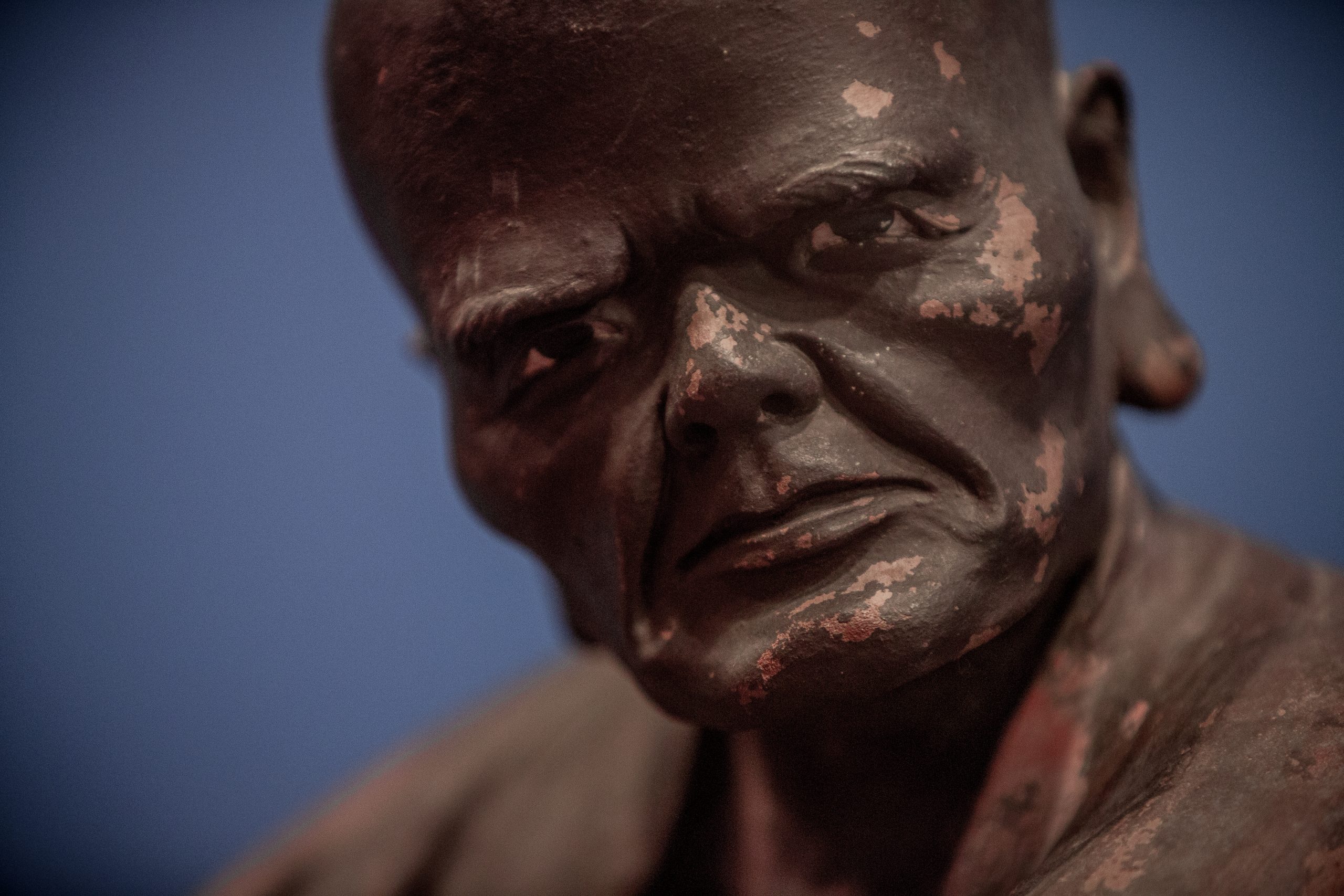
Yet together, these artisans brought the style into the modern era (Liu died in 2000, after a long career as a professor and academic), revitalising its traditions while enriching them with new ideas.
The MAM collection and exhibition offers a glimpse of all this – and a unique insight into the legacy of the ancient Chinese craftsmanship.
